You may have seen many different ingredients in your moisturizing products that you’ve tried over the years – things like hyaluronic acid, shea butter, and even certain oils. Many do their job well, but how exactly do all of these moisturizers work? There are actually two different approaches to moisturizing and retaining moisture in the skin: humectants & emollients!
In this blog, we’re going to take a look at humectants vs emollients, some emollient and humectant examples, and answer two very important questions: how do emollients work and how do humectants work? Let’s dive in.
Humectants vs Emollients
Let's go over the key differences between these types of moisturizers.
Humectants
Humectants are ‘hygroscopic” substances that physically attract and retain moisture. You’ll find skin-safe humectants in cosmetics, lotions, and other skin products to help keep your skin hydrated and prevent it from drying out.
| Examples | urea, aloe, glycerin, and hyaluronic acid |
Emollients
Emollients are substances that soften and soothe the skin. Emollients are often used in skin care products to treat dry, itchy, or scaly skin conditions; they can also be used to prevent or treat sunburn.
| Examples | coconut oil, olive oil, shea butter, and lanolin |
NOTE: Since emollients and some humectants are derived mostly from plants and animals, be cautious. Don’t use (or do a spot test first) an emollient from a plant or animal source that you may be allergic to.
How Do Humectants Work?
Humectants work by physically absorbing and locking in unused water in the air and surrounding tissue. This technology is quite an intelligent application, because some people have a hard time keeping their skin moisturized, no matter what products they use. With humectants, an individual can keep their skin moisturized and healthy, no matter what the weather looks like!
How Do Emollients Work?
“Emollients have an anti-inflammatory activity and also give some transient relief from irritation.” - Ivana Nola et al
Emollients take a “barrier” approach to moisturizing. Emollients sit on the surface of the skin and don’t allow moisture to leave. They’re also generally very fatty and can smooth out the skin’s rough appearance. This approach is great for people with skin that is already soft, healthy, and moisturized, but it doesn’t always help people who struggle with dry, damaged skin. Emollients are generally combined with or used after deeply-moisturizing ingredients for greater effect.
How We Use Humectants & Emollients At Rejuvaskin
Here at Rejuvaskin, our goal is always to come up with the best solution to a skincare concern, while using the most natural, least irritating ingredients we can. For example, we use glycerin and natural plant oils in our Facial Moisturizer and hyaluronic acid, glycerin, and aloe in our Skin Recovery Cream.
For each product, we selected the humectant or emollient (or both!) that would give the best results for the product’s intended skin condition. So, if you just need an all-purpose moisturizer to layer on after other products, check out our Facial Moisturizer. If you need a cream that both soothes your dry, irritated skin and helps your skin get more moisture, try our Skin Recovery Cream!
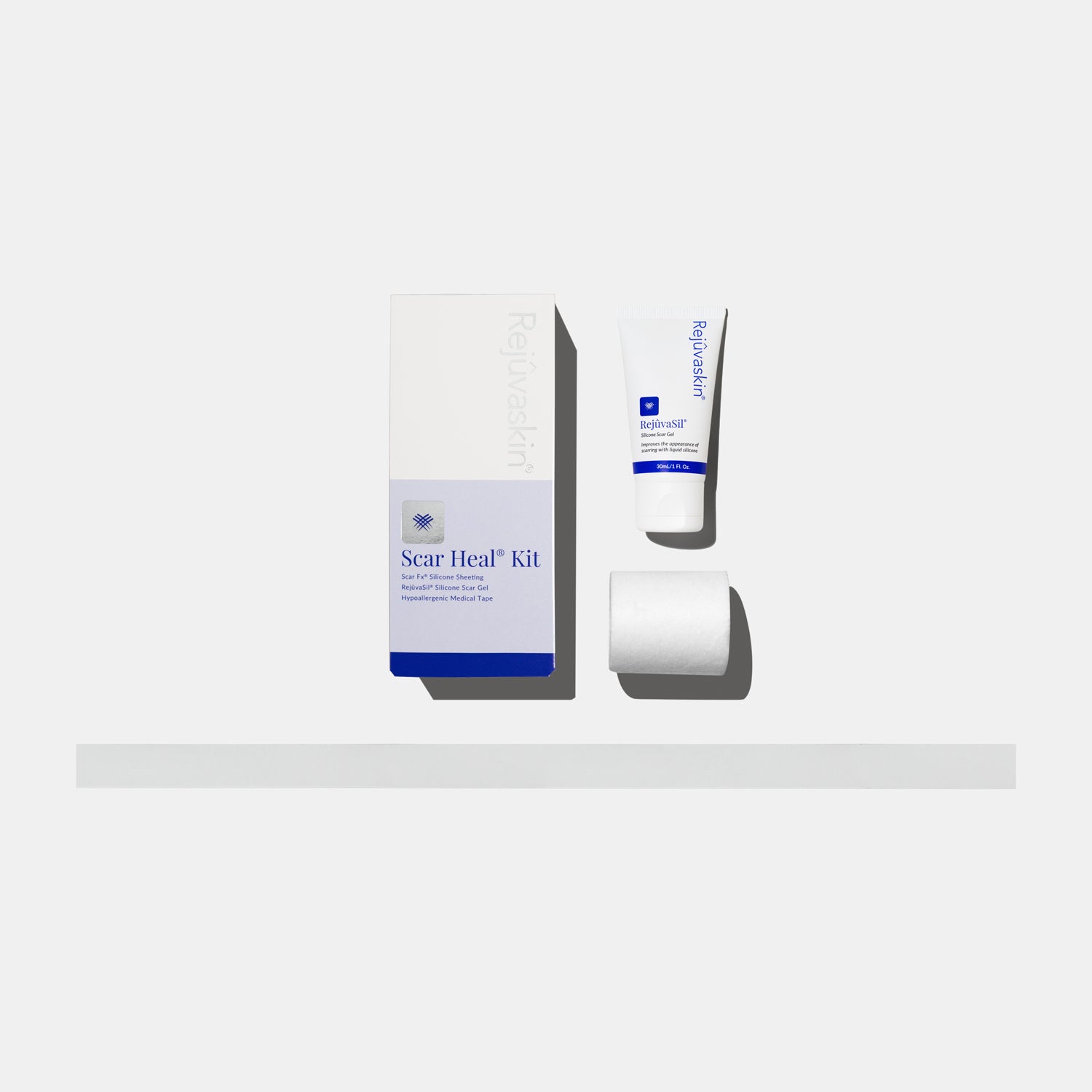


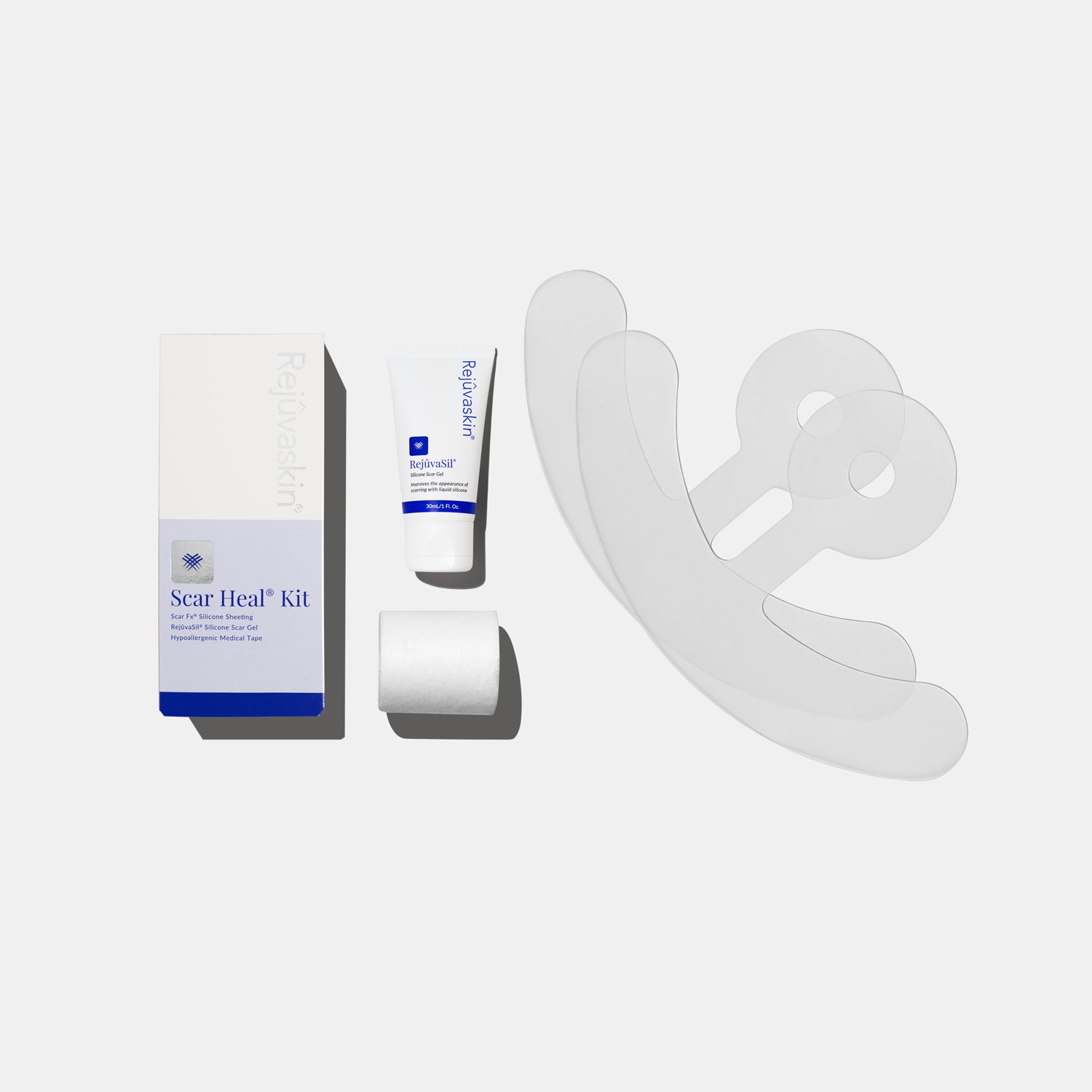
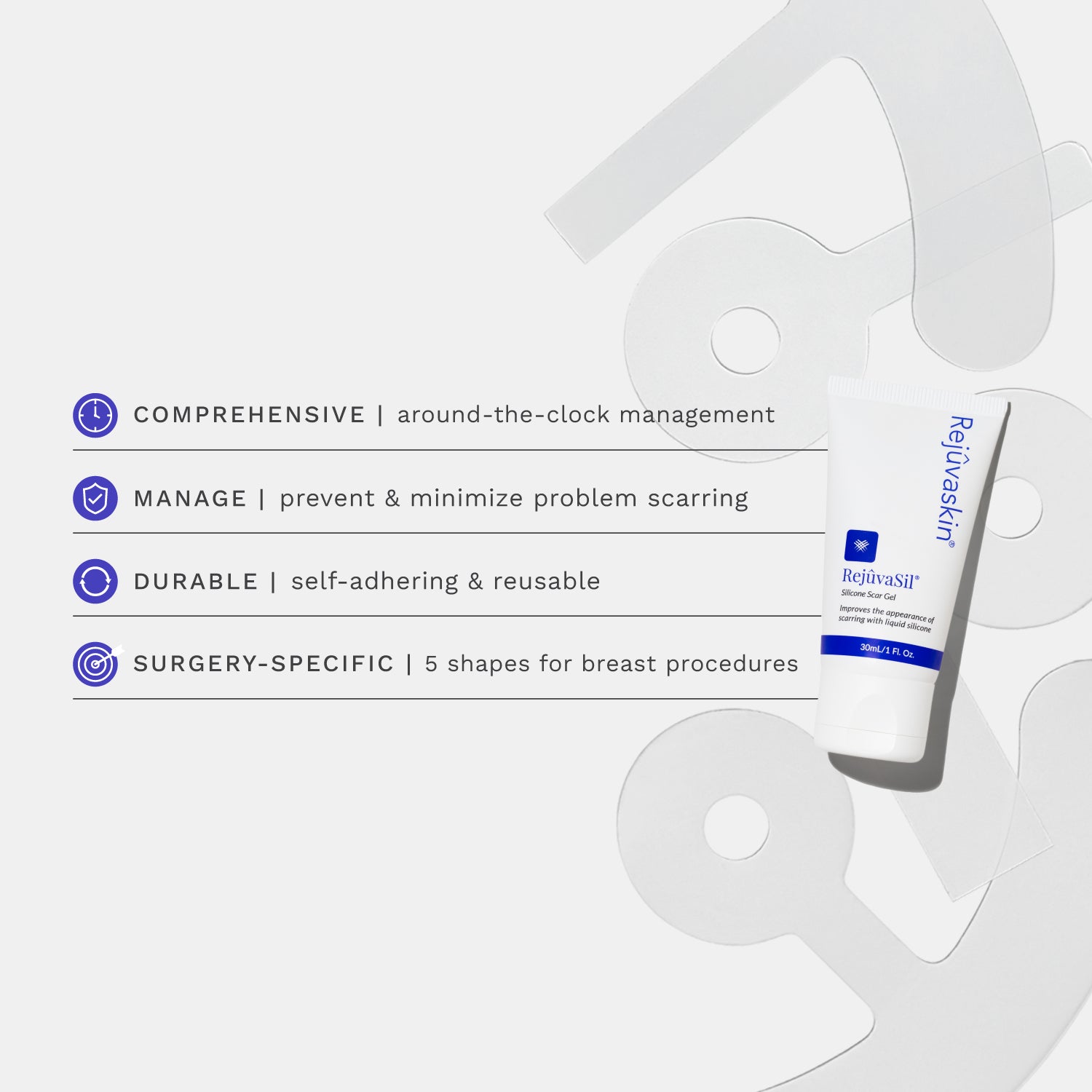
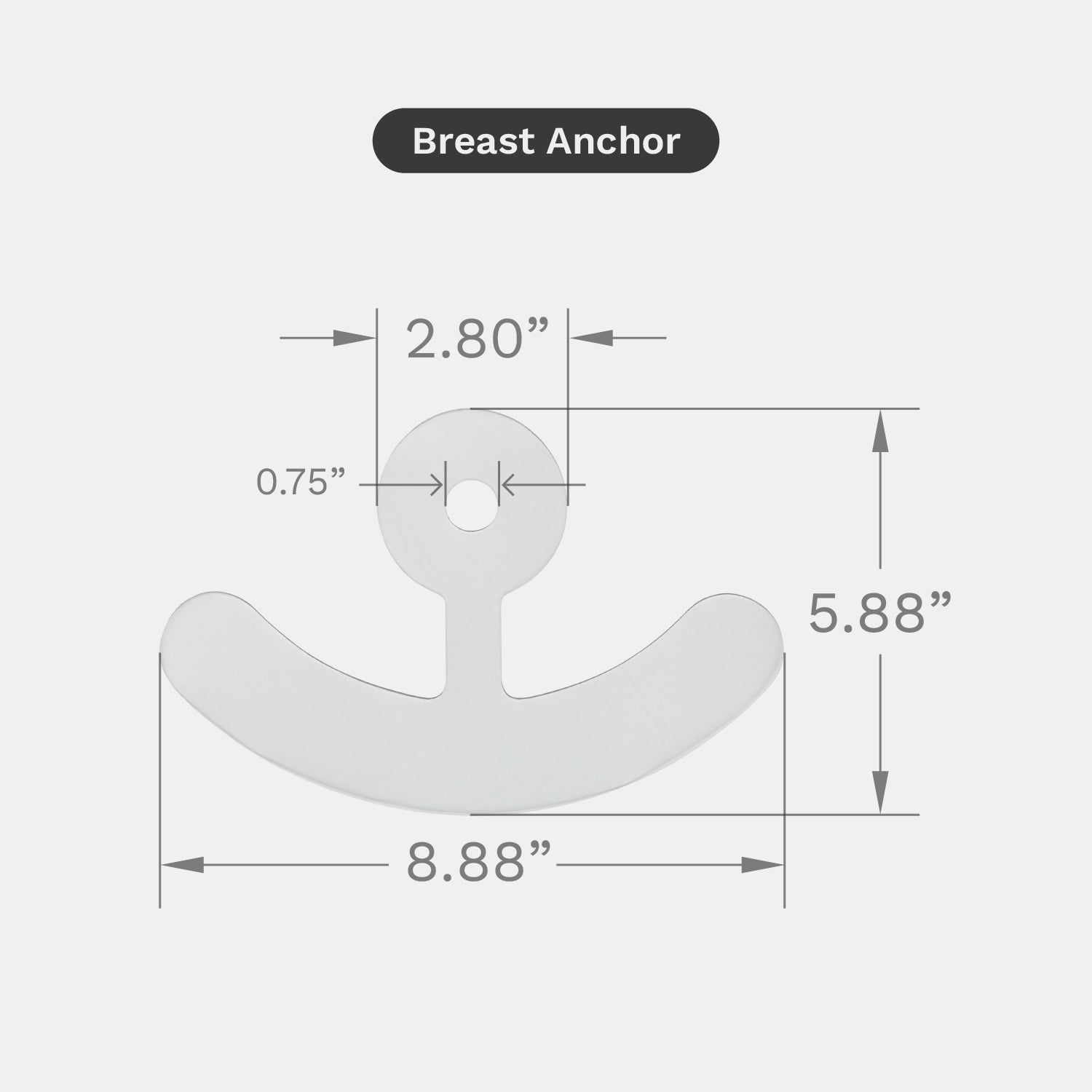
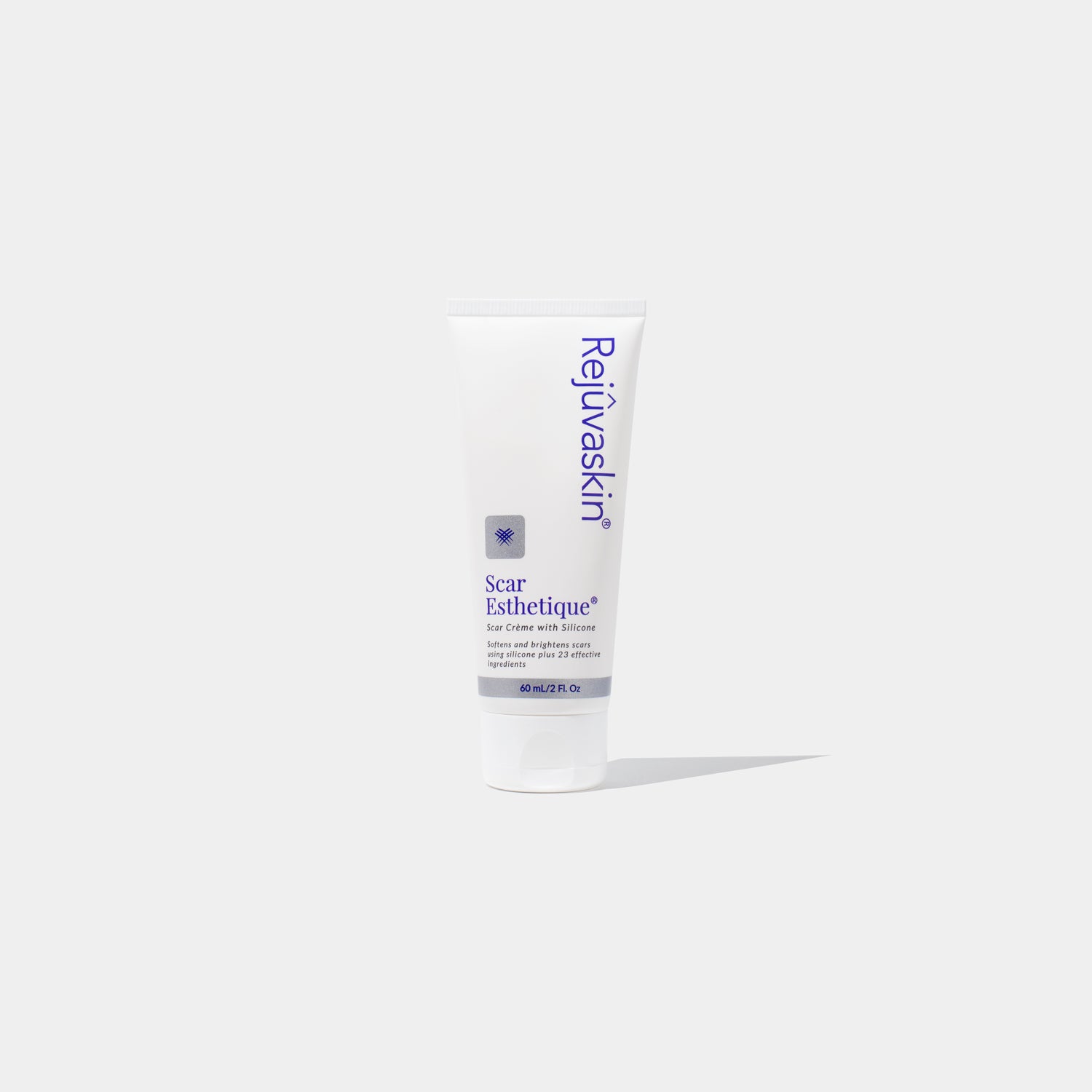
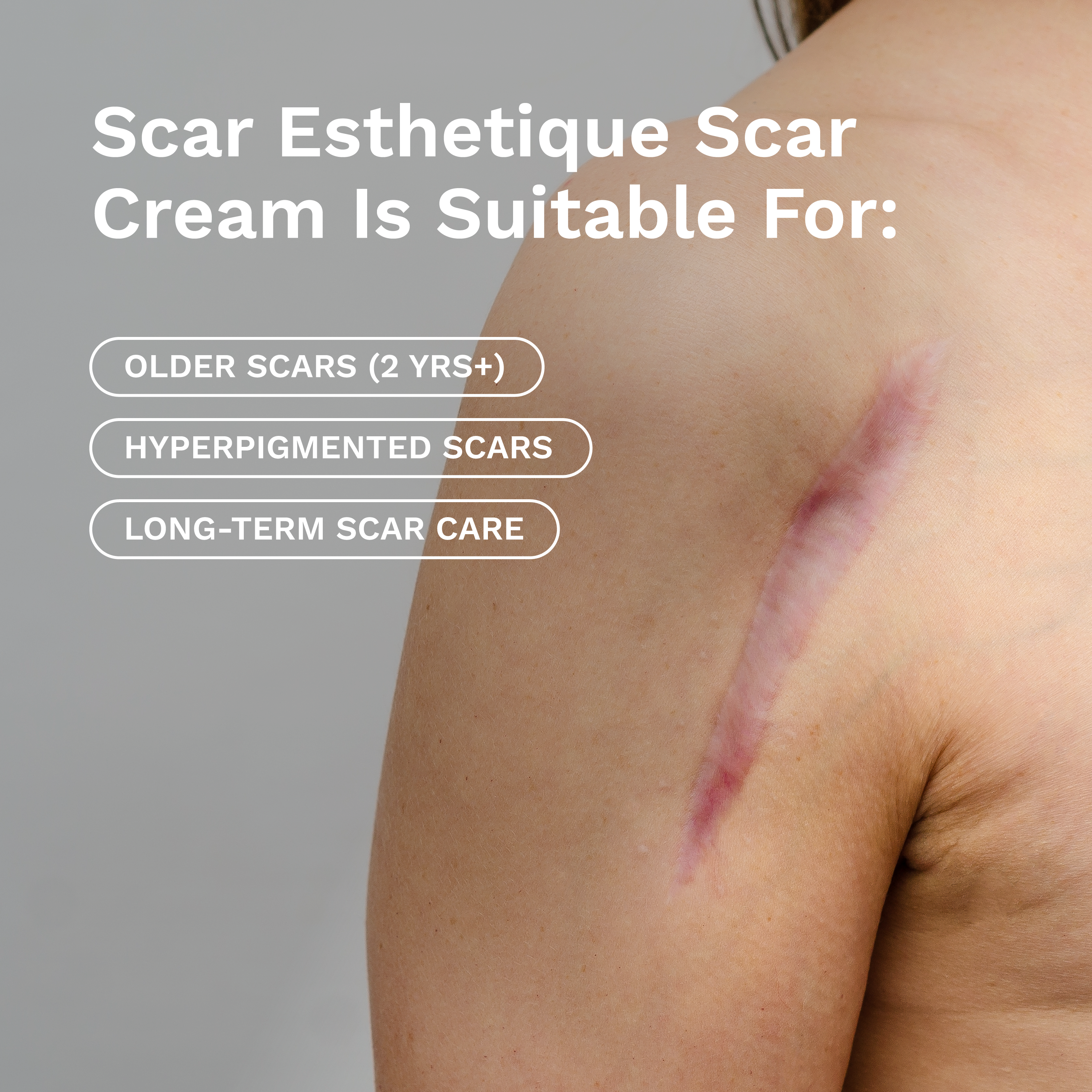








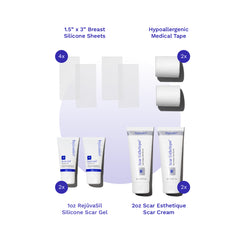
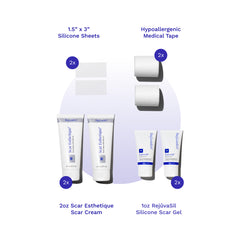

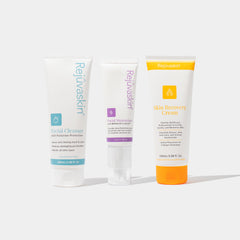

Leave a comment